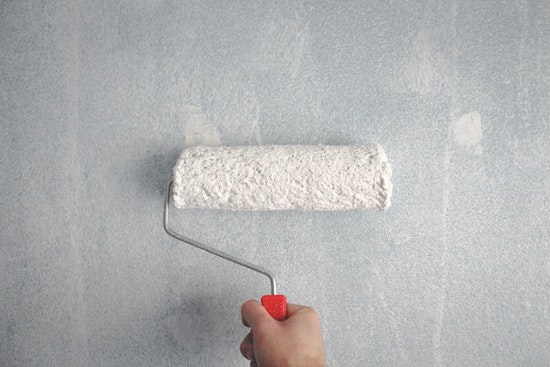It might be difficult to paint a room for the first time, but it can also be enjoyable and satisfying with the correct advice and supplies. There are a few important procedures to ensure your paint job comes out flawlessly, regardless of whether you want to touch up your walls, freshen up a space, or give a room a totally new appearance. The fundamental procedures for repainting a room for the first time are covered in this guide, from choosing the appropriate paint to skillfully completing the task at hand.


Preparation is Key
Any painting endeavor should start with careful planning. The end product will be smooth, even, and long-lasting if you take the time to first prepare your space for painting.
Clear the Room
Clearing the space before painting is an important step in preparing the area for work. This step might be time-consuming, but it is critical to avoid any mishaps or errors throughout the painting process. Moving all the furniture and décor from the room will provide plenty of space to walk around and paint. It will also assist you in avoiding getting paint on your things, which can be difficult to clean or restore.
Clean the Walls
After the room has been emptied, it’s time to wipe the walls. To get a flawless and even finish, the walls must be clean for the paint to adhere to the surface effectively. Walls may gather contaminants such as dust and grime over time, hindering the paint’s adherence. Therefore, it’s essential to clean the walls thoroughly.
Protect Your Floors and Trim
It’s crucial to shield your flooring and trim from paint drips and spills before you begin painting. This step is particularly important if you’re working over carpeted or hardwood flooring, which can be difficult to clean if paint spills or drips unexpectedly. The trim surrounding windows, doors, and stairs should also be protected since painting them may be time-consuming. Start by covering your floors with drop cloths or sheets of plastic to protect them. Apply painter’s tape to the corners near baseboards, door frames, and ceilings to ensure the paint is only applied to the intended space.
How to Choose the Right Paint
Color Selection
With so many possibilities available, choosing the correct color for your space may be difficult. However, you should choose a color that will match your style and preferences after a little research. When choosing a color, consider the lighting, space size, and current decor. Above all else, make sure the color reflects you and your tastes.
Finish Selection
When repainting a space, the paint’s finish is also important to consider. The paint’s finish will influence the final appearance of your walls and how well they withstand ordinary wear and tear. There are various distinct finishes, each with benefits and drawbacks. The matte finish of lime wall paint, for example, is excellent for masking flaws and appropriate for use in bedrooms, living spaces, and other high-traffic areas. Matte finishes have a smooth, velvety feel and are not reflective of light, making them an excellent choice for any room.
Quality Selection
To obtain a long-lasting, expert-looking finish, consider investing in the highest quality paints. Low-quality paints are less expensive initially, but they become more prone to cracking, fading, and peeling, necessitating more regular touch-ups and repainting. Before choosing paint, examine the material you are painting, whether it’s drywall, plaster, or wood. Every surface requires a different type of paint, and choosing the right one might result in better adherence and an even finish.
The Painting Process
Start With A Primer
Many individuals overlook the importance of primer in the painting process and fail to get walls primed with a primer layer before painting. Primer aids in creating an even surface for the coating to adhere to, enables uniform application, and aids in the achievement of a consistent gradient. It also acts as armor for the outer layer and can extend the life of the paint significantly.
Apply the Paint
When the primer has completely dried, it is time to apply the paint. The application of paint is a simple operation, but there are several things you can do to get the best results. Stir the paint well, pour it onto a tray, then apply it evenly to the surface of your walls with a brush or roller.
Finish with Finesse
Once the painting is complete, it’s time to add the finishing touches. Paint over any edges or corners using a thin brush, then touch up any spots you might have missed. Finally, remove the painter’s tapes from the trim and let the paint dry completely before reintroducing the furniture.
Conclusion
Repainting a room for the first time might be intimidating, but you can get a professional-looking finish with proper preparation and the right supplies. Try to take your time, work in small areas, and cautiously follow each step mentioned above for the best results. With a little time and attention to detail, a new coat of paint can alter any space in your house. Have fun painting!
























